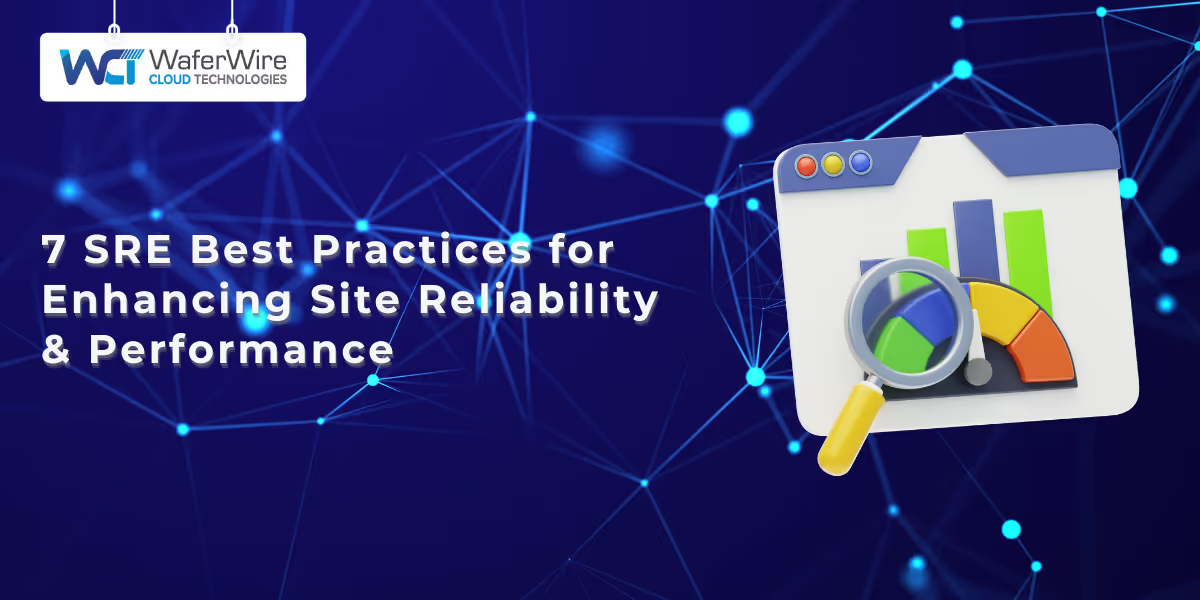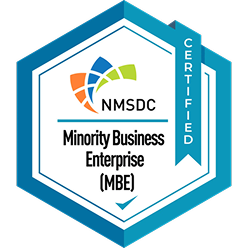

Imagine a world where your systems never go down, users experience lightning-fast performance, and each software cycle release is smoother than the last. That’s the power of Site Reliability Engineering (SRE).
SRE blends the rigor of software engineering with operational excellence, providing the tools and practices to build systems that are both highly reliable and scalable. No matter how fast your company grows or how complex your infrastructure becomes, SRE ensures smooth performance and reliability.
At its core, SRE integrates reliability into the development process. It strikes a balance between maintaining uptime and delivering new features, with practices like Service Level Objectives (SLOs), error budgets, and continuous monitoring. These empower teams to make data-driven decisions, driving both reliability and performance to new heights.
In this article, we’ll explore the best practices for building resilient systems, automating manual tasks, and optimizing performance. From mastering incident management to fine-tuning monitoring strategies, SRE practices help deliver exceptional user experiences while minimizing downtime and maximizing efficiency.
Before we dive into the best practices for enhancing system performance and reliability, it’s important to understand what Site Reliability Engineering (SRE) is and why it plays a crucial role in modern infrastructure management.
SRE was developed at Google and aligns closely with DevOps principles. It’s a modern approach to IT operations that leverages software and automation to manage systems, solve problems, and streamline tasks. By automating processes traditionally handled manually by IT operations, SRE teams can manage complex infrastructure more efficiently and effectively.
SRE is crucial for building scalable, highly reliable software systems, as it allows organizations to manage vast infrastructures through code. This approach is more scalable and sustainable compared to traditional methods of system administration.
Now that we have a solid understanding of what SRE is, it’s essential to explore the specific role of a Site Reliability Engineer (SRE), as they are the key drivers behind implementing these practices effectively.
An SRE is a hybrid role combining the expertise of a software engineer with the skills of a systems administrator. The primary mission of an SRE is to ensure the reliability, scalability, and performance of systems, services, and infrastructure.
While traditional operations teams focus on maintaining uptime, SREs go further, applying engineering practices to solve operational problems and create automated, scalable solutions. They work closely with development teams to embed reliability throughout the software development lifecycle.
Key responsibilities of an SRE include:

With a clearer picture of the SRE role, we can now move on to the key best practices that guide their work in maintaining high reliability and performance.
Also Read: Site Reliability Engineer (SRE): Job Description and Responsibilities
The reduction in toil among SREs went from 20% in 2023 to 14% in 2024. To further maintain reliability and optimize performance, SREs continue to follow best practices centered around automation, monitoring, learning from failures, and scaling systems. Here are some key SRE best practices:
An error budget defines the acceptable amount of error or downtime your service can tolerate within a given period before it negatively impacts your users. It can be seen as your users' tolerance for issues like availability and latency. To calculate your error budget, use the Service Level Indicator (SLI) equation:
SLI = [Good events / Valid events] x 100
Once you've defined an objective for each SLI, your SLO is determined, and the error budget is the remaining percentage up to 100.
For instance, if your home page has a 99.9% availability objective, your error budget is 0.1%. This means you can have up to 0.1% errors (ideally less) without negatively impacting user experience.
Here's a breakdown of how different reliability levels correspond to time:
Reliability LevelPer YearPer QuarterPer 30 Days90%36.5 days9 days3 days95%18.25 days4.5 days1.5 days99%3.65 days21.6 hours7.2 hours99.5%1.83 days10.8 hours3.6 hours99.9%8.76 hours2.16 hours43.2 minutes99.95%4.38 hours1.08 hours21.6 minutes99.99%52.6 minutes12.96 minutes4.32 minutes99.999%5.26 minutes1.3 minutes25.9 seconds
At first glance, error budgets may seem like just another metric to track, but they serve an important purpose. They help development teams take risks and innovate while managing system reliability. If an error budget is exhausted, development teams may freeze updates for the quarter, ensuring that reliability is prioritized over new features.
To measure availability and performance effectively, define SLOs from the end-user's perspective. SLOs are essential for error budgets, incident management, and prioritizing development work.
To detect performance issues and ensure service availability, SRE teams need comprehensive monitoring. Monitoring enables teams to verify whether applications or systems are functioning as expected, ensuring they meet specific goals. Monitoring should provide insights into system behavior and catch potential issues before they affect customers.
Organizations must plan for various growth scenarios, such as organic growth (e.g., increased product adoption) or sudden spikes in demand (e.g., feature launches or marketing campaigns). Planning for capacity involves forecasting demand and provisioning resources accordingly.
Key elements of capacity planning include regular load testing and accurate provisioning. Regular load tests simulate average user loads to understand system performance under typical strain, while knowing when and where to scale is crucial for resource management and cost-efficiency.
Many outages occur due to changes made to live systems, whether they involve deploying new binaries or configurations. Every change, no matter how small, can impact the business, so it’s essential to analyze its risk. Changes should be carefully supervised, and long-term impacts should be considered, not just immediate effects.
Progressive rollouts - also known as canary deployments - are an essential best practice in SRE for safely testing changes. To minimize risk, changes should be closely monitored during rollout. If any unexpected behavior occurs, it’s crucial to roll back quickly and diagnose afterward to reduce Mean Time to Recovery (MTTR). This practice minimizes risk and ensures that changes are thoroughly validated before becoming widespread, leading to a more stable and reliable system.
A blameless postmortem culture promotes learning from incidents without pointing fingers at individuals. The focus should be on processes and technology, not on blaming people. The goal is to assume that everyone involved in an incident acted with good intentions and made the best decisions based on the available information.
Failures are inevitable, but they provide valuable learning opportunities. By reviewing incidents without blame, organizations can focus on identifying areas for improvement, strengthening resiliency, and ensuring that the same issues don’t recur.
One of the core principles of SRE is eliminating toil—the repetitive, manual work that doesn’t add value. SREs strive to automate as much as possible, allowing engineers to focus on more strategic and impactful tasks. By creating frameworks, tools, and internal automation, SRE teams can reduce toil and increase productivity, enabling engineers to spend more time on innovation and system improvements. Prioritizing automation allows teams to scale faster, improve reliability, and reduce operational overhead.
By adopting SRE best practices, organizations can ensure their systems are reliable, efficient, and scalable. Key practices like error budgets, monitoring, progressive rollouts, and blameless postmortems enhance reliability while optimizing performance. Additionally, focusing on automation and capacity planning helps systems grow in demand, ensuring smooth, high-quality user experiences.
Ultimately, SRE is not a one-time solution but a long-term approach to evolving and refining systems. By fostering a culture of continuous improvement, organizations can adapt to new challenges, improve service operations, and keep systems running smoothly - always staying ahead in an increasingly fast-paced technological landscape.
To implement these SRE best practices and enhance your system’s reliability and performance, consider leveraging advanced tools and expertise. Visit WaferWire to explore solutions that can help streamline your SRE processes and drive innovation in your infrastructure.

